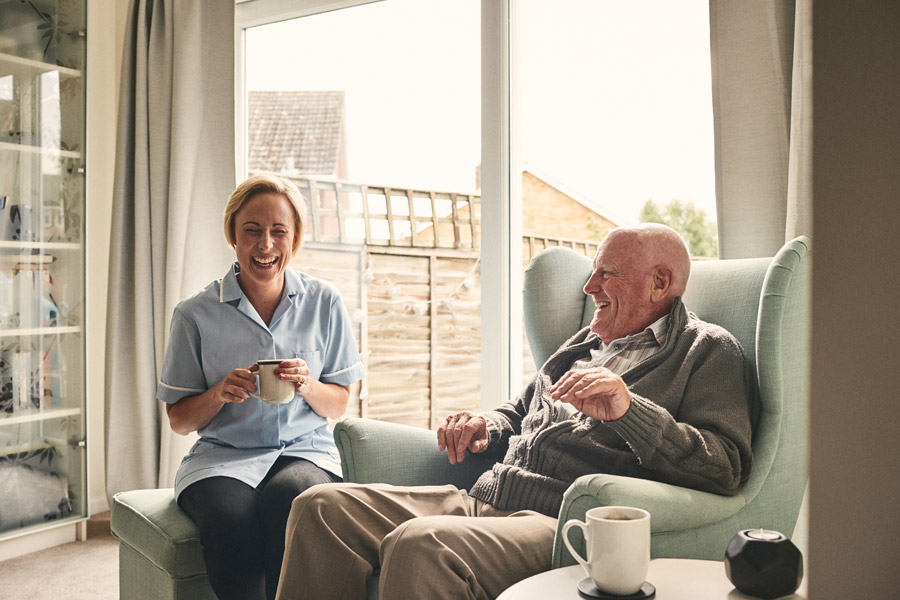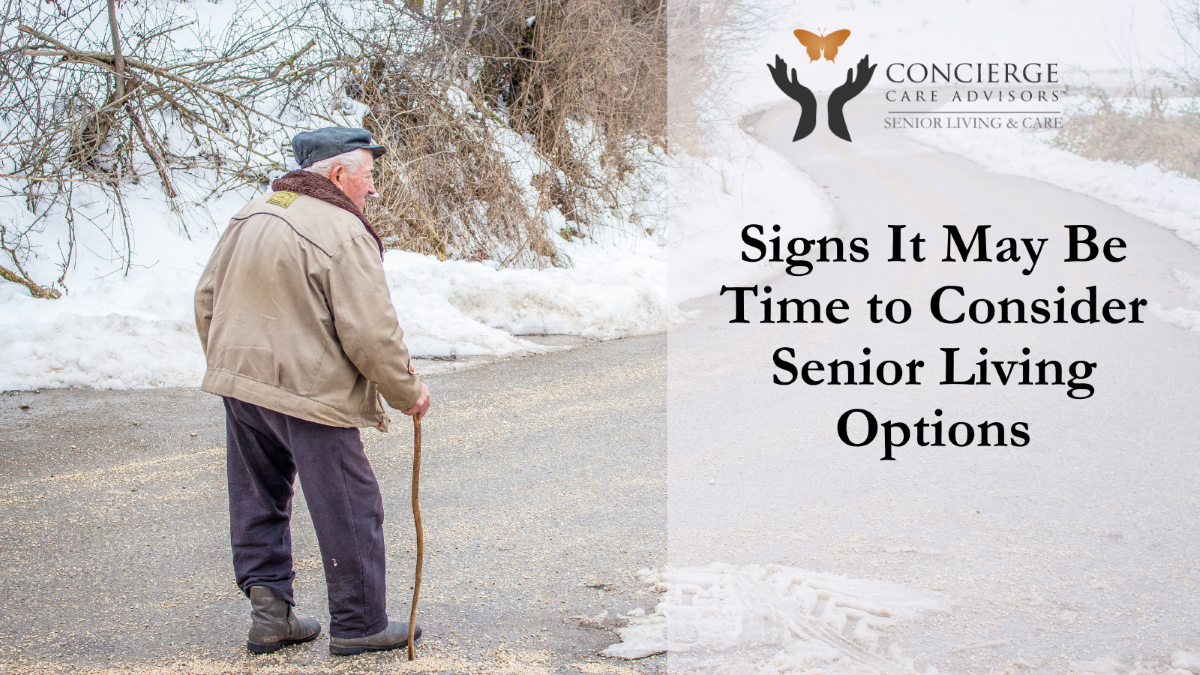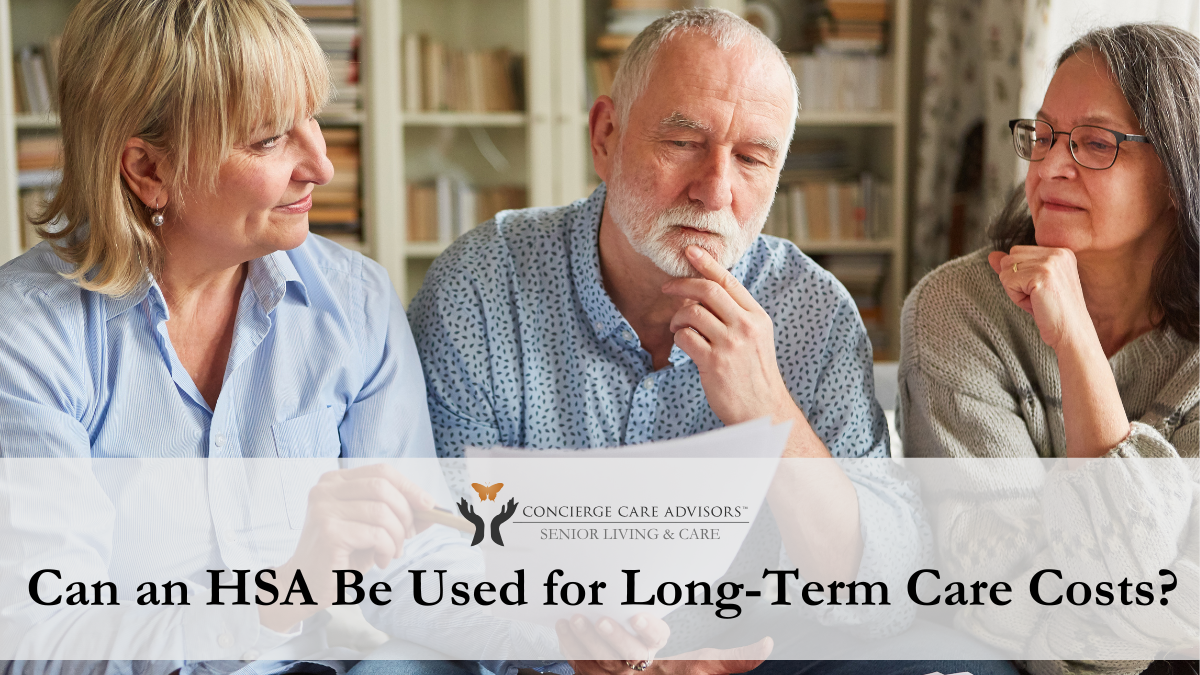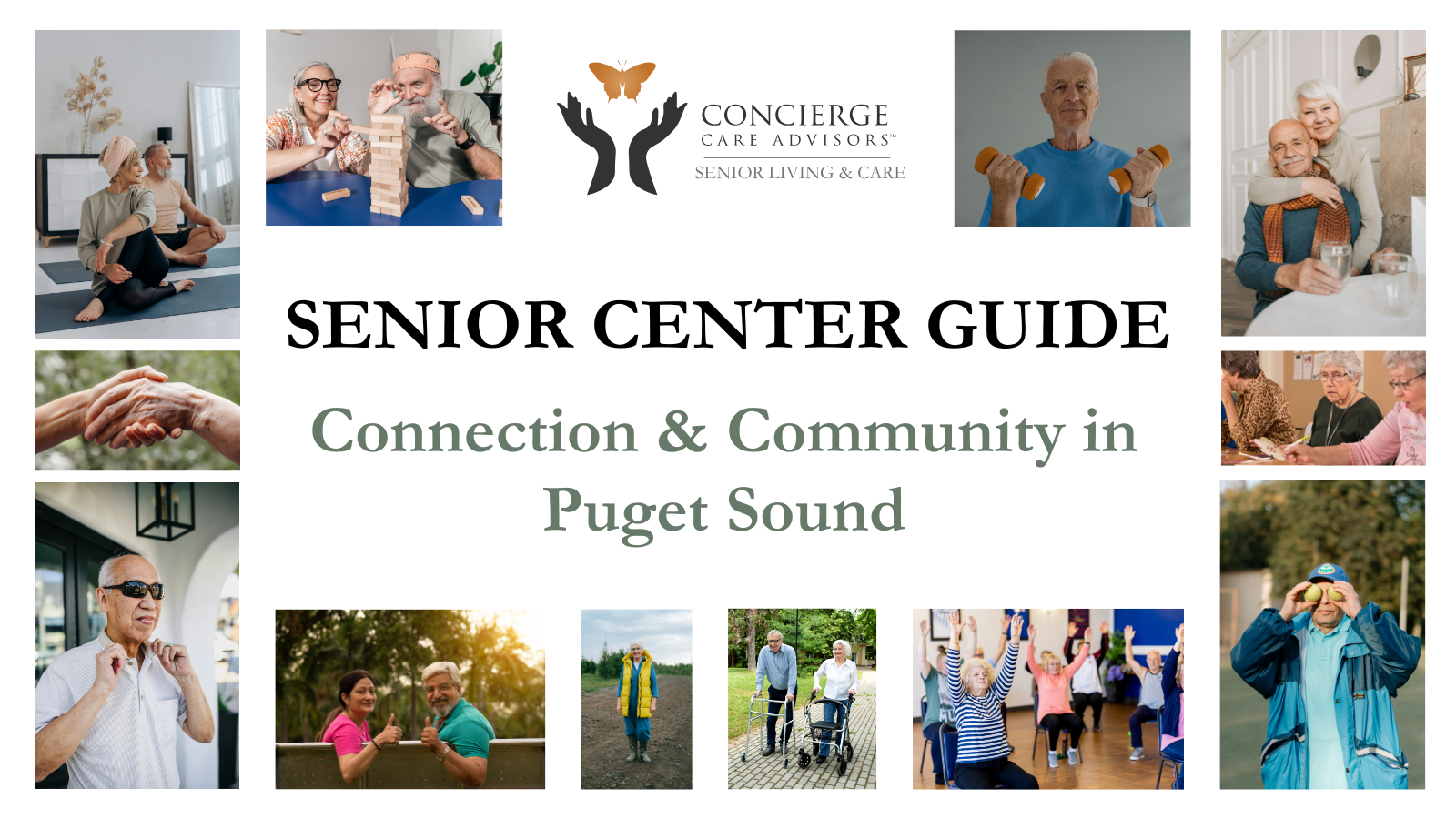By Erin Kershaw, Certified Senior Advisor at Concierge Care Advisors
It often seems that we have a TON of choices when it comes to assisted living communities. In certain cities there is one on every corner. By the time a person decides to consider that setting, they often have several health issues that need to be addressed. When working with your advisor it is important to talk to them about the needs of your loved one, and what type of care they will need. Ask what population the assisted living community caters to. Those that cater to independent residents will most likely offer a lower level of care. Those that cater to assisted living and memory care will often offer a higher level of care.
The term “level of care” refers to not only the types of services offered, but also the scope. A community that offers a lower level of care will only have the staffing for a one person transfer. A one person transfer means you need to help the caregivers help you get up after a fall or to get out of bed. They only have the staffing for one person to perform that task. A two person transfer means they have the staff to have two people assist you if necessary. This is considered a higher level of care.
The ability to assist a person with diabetic care (blood sugar checks, injections and sliding scale) is also a higher level of care. Prolonged use of steroids can effect blood sugar levels so even if you don’t have a history of diabetes, this issue can come up and should be taken into consideration when choosing an assisted living community.
Although it is a personal issue, it is important that you consider a loved one’s bathroom habits. There are some communities that can assist you at all levels should you need help and can no longer assist with that process and/or are resistant to care. Other communities that offer a lighter level of care will expect that you can manage that process on your own, with just a small amount of assistance.
Staffing ratios can also be an indicator of high/low level of care. The more caregivers and nurses they have in the building at any one time, the higher the level of care. If the community is encouraging you to bring in caregivers to provide care you feel you should be receiving, that is also an indicator that the level of care is not going to meet your needs.
These are just a few things to consider when evaluating the level of care that will be most appropriate. Choosing a community that does not have a high level of care may be perfect for some, and disastrous for others. It is not “one size fits all” so talk to your advisor about ALL of your concerns and they will assist you in finding communities you should consider.

























